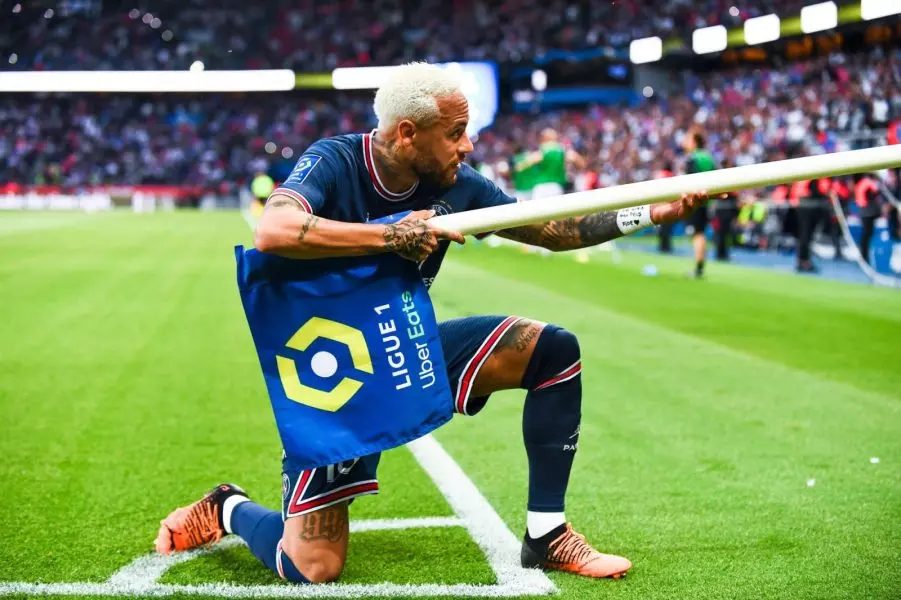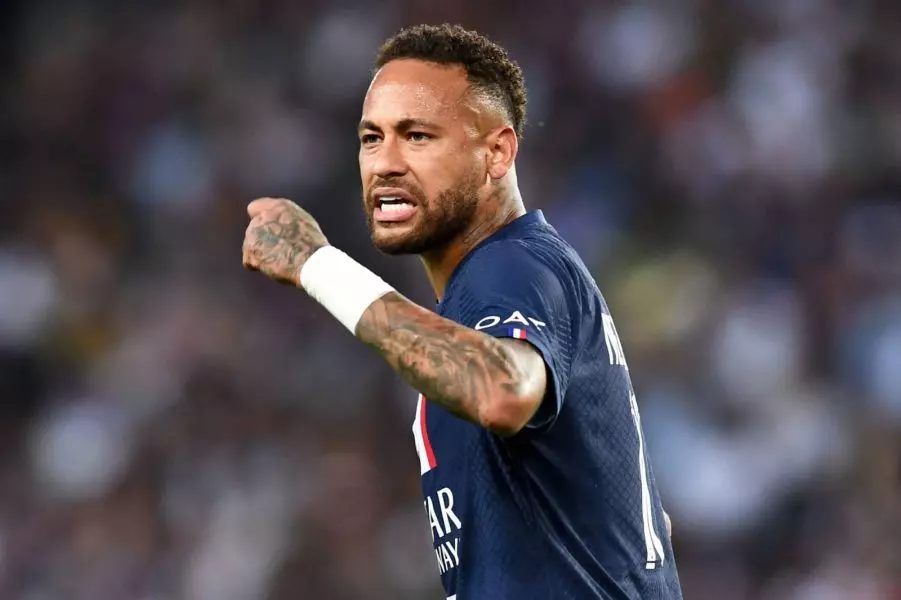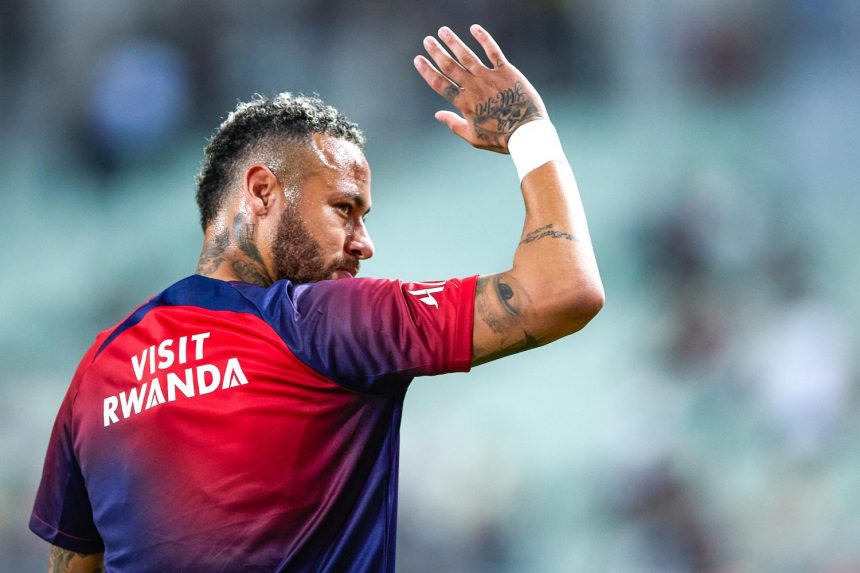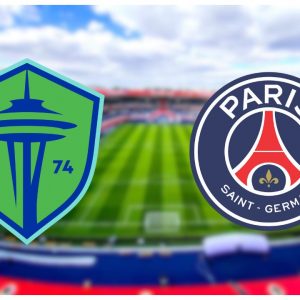On August 3, 2017, Paris Saint-Germain shook up the hierarchy of world soccer by recruiting Neymar for the record sum of 222 million euros. This transfer, the most expensive in history, was to propel the club from the capital into a new dimension: that of the European giants, capable of rivalling Real Madrid, FC Barcelona or Bayern Munich. Brazilian superstar Neymar was supposed to embody the success, glamour and ambition of QSI’s PSG. Seven years on, the assessment is mixed: while Paris has grown, the Neymar era leaves a taste of unfinished business. Yet this apparent failure has been a formidable gas pedal of maturity for the club. Why didn’t this marriage work, and how did it transform PSG? Analysis.
Reasons for the failure of the Neymar project at PSG
A player weakened by injuries
Neymar was never able to offer PSG the consistency expected of a technical leader. Between 2017 and 2023, he missed more than 100 matches in all competitions, often at crucial points in the season. Repeated injuries – notably to his right foot (metatarsal) and ankle – deprived Paris of his genius during several Champions League campaigns, such as in 2019 against Manchester United or in 2021 against Manchester City. Beyond the physical aspect, these absences have undermined the collective dynamic, generating frustration and a sense of unfinished business among fans.

A collective never found
Neymar’s PSG suffered from a lack of cohesion. The partnership with Kylian Mbappé, then Lionel Messi, has produced some dream sequences, but rarely a cohesive team over the long term. Individuality has often taken precedence over teamwork, hampering the team’s progress against Europe’s big boys.
In an interview with L’Équipe in 2023, Neymar himself admitted: “We sometimes lacked solidarity, that’s true. The expectations were enormous, and so was the pressure.” This lack of alchemy was felt in the early eliminations from the Champions League, where PSG frequently seemed mentally fragile.
Problematic off-sport management
The arrival of Neymar also upset the club’s internal balance. A true global star, he has enjoyed unprecedented privileges (logistics, days off, image management) which may have created tensions in the dressing room. The omnipresence of the media and controversy – from his desire to leave to his private parties – sometimes overshadowed the sporting project.
PSG found itself torn between the marketing imperative and the need to build a disciplined team. As one executive summed up in Le Monde: “PSG has become more global than French, but this has come at a price internally” (“Le PSG de 2025, club plus mondial que français…”, Le Monde, 2025).
Neymar himself: between regret and self-criticism
Neymar has never hidden his regrets. In a confession to France Football in 2024, he admitted: “I sometimes lacked rigour, I admit that. But I’ve never cheated on the pitch.” His involvement, sometimes judged as fluctuating, has fuelled criticism, as has his relationship with lifestyle and pressure. While his talent has never been called into question, his ability to embody lasting leadership in an environment as demanding as Paris has shown its limits.
What PSG has learned from Neymar’s passage
The need for a coherent sporting project
The Neymar experience was a revelation: recruiting stars is not enough to build a great club. Since 2023, PSG has refocused its policy on balance and complementarity, betting on more collective profiles and rigorous sports management. The example of the 2024-2025 season, with a squad renewed around Ousmane Dembélé, Bradley Barcola and João Neves, illustrates this evolution. Paris has won every major title (Ligue 1, Coupe de France, Champions League), proving that consistency now takes precedence over flashiness.

Strengthening governance and authority at the club
The arrival of Neymar has also accelerated the professionalization of governance. Gone are the days of preferential treatment: the PSG 2025 version imposes collective discipline, stricter contractual management and a clear hierarchy. The authority of Luis Enrique, endorsed by the management, has created a framework conducive to performance, where every player knows his role and his duties.
Learning to manage expectations and communication
The club has also learned to better manage media pressure and expectations. Following the departure of the “galacticos”, communication has been refocused on the sporting project, training and local roots, while retaining an international dimension. The European triumph of 2025 has restored PSG’s image among fans and the general public: according to an Ipsos survey, 83% of French people believe that this victory will have a positive impact on French soccer.
Tableau récapitulatif : Neymar au PSG (2017-2023)
Tableau récapitulatif : Neymar au PSG (2017-2023)
Season Matches played Goals Assists Missed matches (injuries) Major trophies 2017-18 30 28 16 18 Ligue 1, Coupe de France, Coupe de la Ligue 2018-19 28 23 13 21 Ligue 1 2019-20 27 19 13 17 Ligue 1, Coupe de France, Coupe de la Ligue 2020-21 31 17 12 16 Coupe de France 2021-22 28 13 8 14 Ligue 1 2022-23 29 18 17 15 Ligue 1 Total 173 118 79 101 10 + 4 Trophées des Champions
Source : Transfermarkt.

Conclusion
Neymar’s time at PSG will be remembered as a paradoxical adventure. Although the initial objective – to lift Paris to the top of Europe – was only achieved after his departure, his influence was decisive in the club’s transformation. The relative failure of the “star system” project enabled PSG to reinvent itself, strengthen its governance and build a more balanced team, crowned with success in 2025.
Neymar’s legacy is therefore twofold: a sporting disappointment, but also a formidable gas pedal of institutional maturity. Today, PSG is moving forward, strengthened by its lessons, ready to write a new page in its history.


